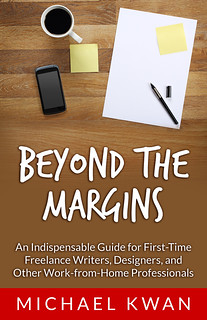One thing I learned while visiting some Montreal condos last month was the value of LEED certified buildings and neighbourhoods. For those of you who may not be aware, LEED (Leadership in Energy and Environmental Design) is an American and Canadian third party certification authority that evaluates new and existing residential and business developments for their environmental impact. Now, when it comes to green initiatives like this one the value I’m talking about isn’t just a green party pamphlet gush about environmental responsibility but real and substantial gains in utility.
Most obviously, LEED buildings use less energy than the baseline average, often substantially less. This translates into huge long term energy savings. Studies have also found that LEED workspaces tend to see gains in productivity and worker health due to the reduction in air pollution and superior design metrics that go hand in hand with designing green buildings. For example, design requirements for natural lighting often demand elegant architecture that has the additional consequence of being more ergonomic. Good examples are some of the new Montreal condo developments vying for LEED certifications I’ve been checking out, they look like crystal spires.
LEED also awards points based on the connectivity of buildings to local services which is meant to discourage suburban sprawl. This part of the certification is indicative of LEED’s loose affiliation with the New Urbanist movement, which is basically an urban design philosophy which emphasizes imposing street and block systems back onto urban buildings as opposed to lame imitations of country living out in the suburbs.
I think this last point is really important for anyone living in the 21 st century and not dreaming wistfully of the post war boom. Living in the ‘burbs was a cash-in on the principles and lifestyle of 9-5 workdays and living private, super enclosed lives. For post baby boomers, our employment schemes have been more fluid, often working out of the house. When your home has to become your workplace, and the actual city, with all its connectedness and human activity, are hidden by the curvature of the earth, you might find that the suburbs don’t cut it.
Montreal is already a New Urbanists dream, but it’s nice to see that there are certification standards that help hem the urge to build incoherent communities as the city spreads off the island.
The preceding was a guest post from Sophie Tardiff. The views expressed do not necessarily reflect those of Michael Kwan or Beyond the Rhetoric.






In my country, Singapore, we are also putting a lot of emphasis on energy saving buildings.